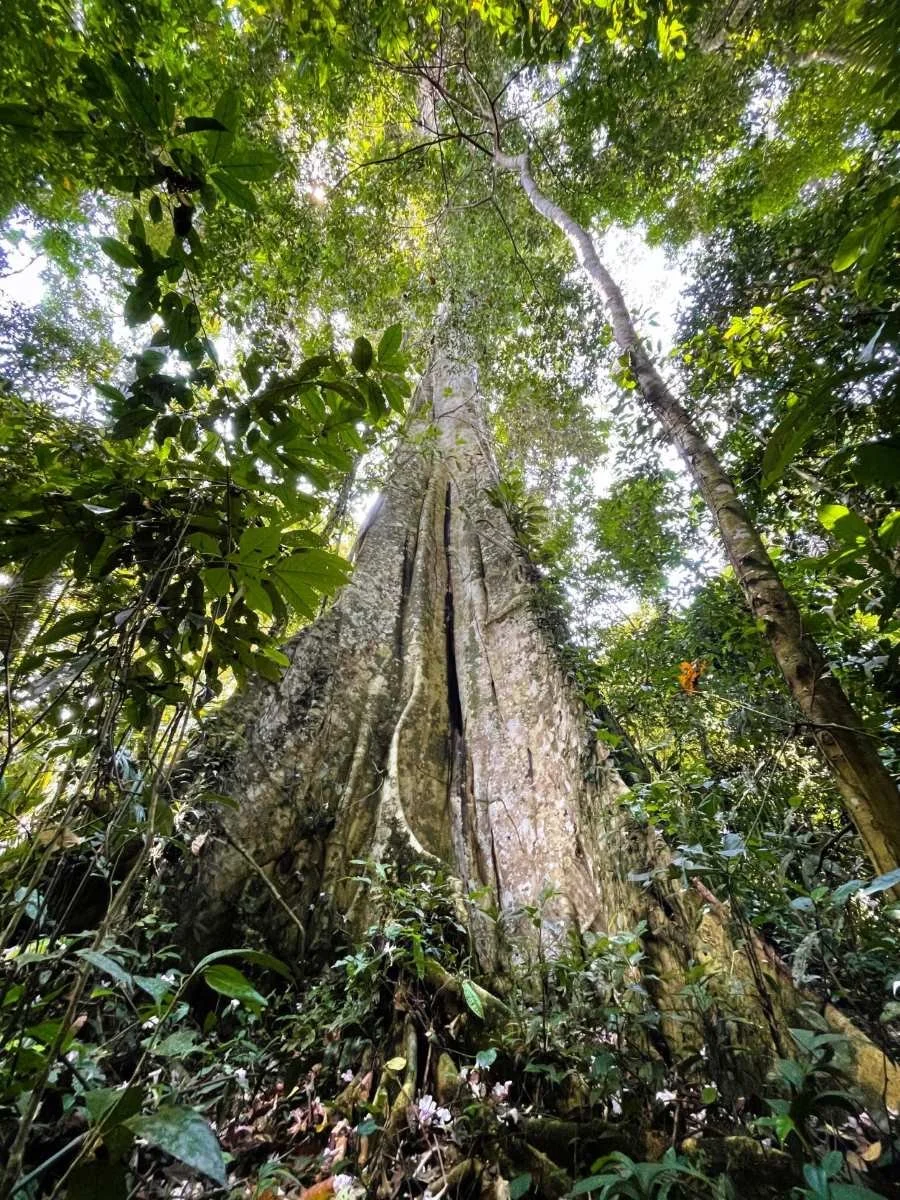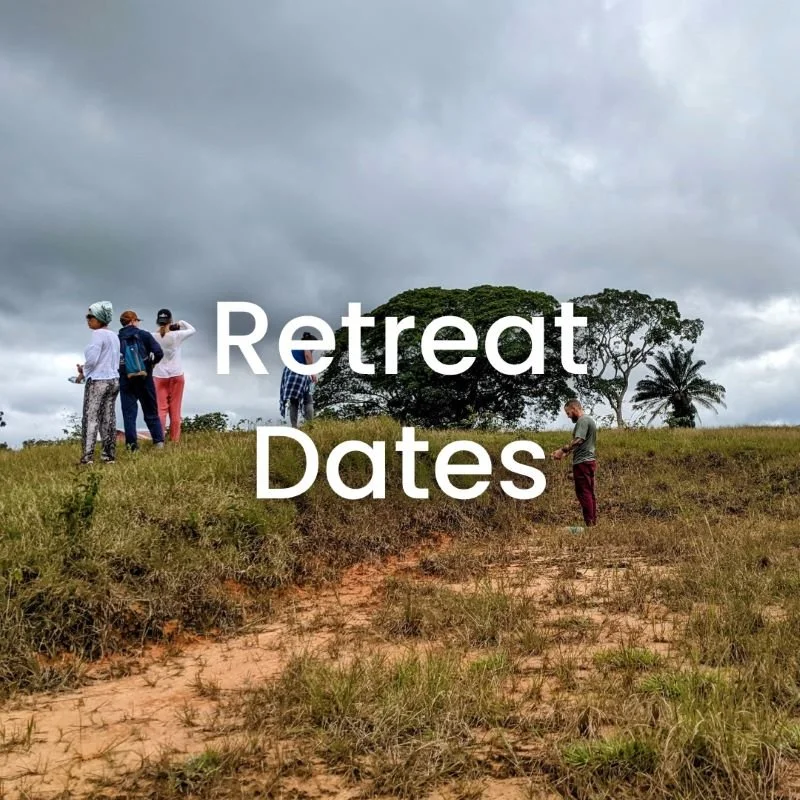
Terminology
The following terms can be found in regular usage throughout a variety of Amazonian plant medicine contexts.
While definitions may vary, what is shown here is consistent with our mestizo lineage and will be referred to throughout our content and utilized during Casa Del Maestro’s programs.
Arcana — a special kind of venteada utilized to seal one’s energy and layer protections after a series of ayahuasca ceremonies and/or a dieta. Arcanas are given to participants at the conclusion of each retreat.
Ayahuasquero — a person who administers and specializes in the use ayahuasca.
Chacruna — local name for Psychotria viridis, one of the primary ingredients in ayahuasca. Brings the visionary effects to the experience. Contains dimethyltryptamine (DMT).
Chupada — a healing performed by a curandero via “sucking.” Usually a chupada is needed to remove unwanted, obstructive, or intrusive energies resulting in blockages and other kinds of illness. The curandero utilizes a shamanically-charged phlegm known as mariri or yachay to catch and dispel the energies and also to protect oneself from being infected during removal.
Curandero — general term for healer in Amazonian plant traditions. Literally, “one who cures.” Not exclusive to plant medicine healers, though commonly utilized in this way.
Curandismo — healing arts. A curandero is one who practices curandismo.
Icaro — a song, chant or whistle that calls upon plant spirits. Icaros are the principle tools that ayahuasqueros utilize to manage and direct the energy and flow of an ayahuasca ceremony. More than just songs, an icaro is an invocation that channels plant spirit medicine. They are learned by curanderos and apprentices through rigorous plant dietas, and are taught directly by the spirits or learned from one’s Maestro.
Maestro — title given to one who has achieved a level of mastery with ayahuasca and other plant medicines. Roughly translates to “master” though the connotation in English doesn’t translate precisely. In Spanish, Maestro means teacher.
Maloca — traditional round Amazonian building with tall, conical-shaped thatch roofing built in an open-air style with mosquito netting around the perimeter. Malocas traditionally function as community gathering spaces. Ayahuasca ceremonies are held here.
Maloca at Casa Del Maestro
Ucayali River
Mapacho — refers to Nicotiana rustica, a local variant of tobacco native to the upper Amazon. Mapacho is commonly administered as a medicine plant and is widely utilized as a complement to ayahuasca ceremonies and healing.
Mareación — the collective effects of the ayahuasca experience. When one is under the influence of ayahuasca, when one feels the medicine, they are said to be mareado(a). It comes from the Spanish word “mar,” which means sea. Mareado, then, is a way to describe a feeling of dizziness or seasickness. This can be further extrapolated to imply a general state of altered consciousness induced by ayahuasca.
Mesa — means “table” in Spanish. In this context, a mesa is more like an altar. Mesa also refers to the collective space shared by a group of people drinking ayahuasca together. This includes the shared visionary space one enters into during an ayahuasca experience and the physical space the ceremony takes place in (often a round structure called a maloca). The mesa may also refer to a group of ayahuasqueros who practice together.
Palero — a person who administers and specializes in the use of tree medicines, called palos. Often these are of a select group of hardwood trees said to contain spirit medicine.
Palo — refers to trees, usually hardwoods.
Plant dieta — an intentional period of time where a person undergoes a specialized diet while consuming a remedy made from one or more medicinal plants. The diet consists of limited, bland foods and includes behavioral restrictions, like sexual abstinence and sobriety. Curanderos and apprentices undergo plant dietas as part of their training in order to bond with and learn directly from plant spirits. Diets are also administered to treat certain conditions, as a means to achieve deeper healing, and to advance one's work with plant medicine.
Lupuna Blanca (palo)
Mesa
Chacruna
Purge — the release of energies. Often associated with ayahuasca and other plant medicines that cause one to expel (known as purgatives). Common types of purges include vomiting, diarrhea, sweating, coughing, temperature changes, yawning, laughing, crying, and psychological release.
Sananguero — a person who administers and specializes in the use of a variety of plants in the Sanango family. The two most common varieties are Uchu and Chiric Sanango.
Shacapa — a rattle made from a bundle of leaves. Often utilized in ayahuasca ceremonies to accompany the icaros.
Sopla — a blowing action used by curanderos to transfer or clear energy. Typically done with mapacho, perfumes, or another medium. Comes from soplar, to blow.
Tabaquero — a person who administers and specializes in the use of mapacho tobacco.
Ucayali River — one of the main tributaries that goes on to form the Amazon. Its headwaters are in the Arequipa region, eventually meeting the Maranon River near the city of Nauta, which is the official beginning point of the Amazon River. The Ucayali is the traditional home of a variety of local tribes and peoples who are known for their skill in ayahuasca.
Vegetalismo — the practice of utilizing plants for healing. Comes from “vegetales,” a Spanish word for plants.
Vegetalista — a plant medicine healer who practices vegetalismo.
Venteada — a one-on-one personal icaro. Venteadas are given for a variety of reasons, including: to induce healing or purging, calm one’s mareación, open visions, ground, and for protection. Ventear is a Spanish verb meaning, to bring or cause strong wind, and the association comes from the waving action created by the shacapa during the venteada.










